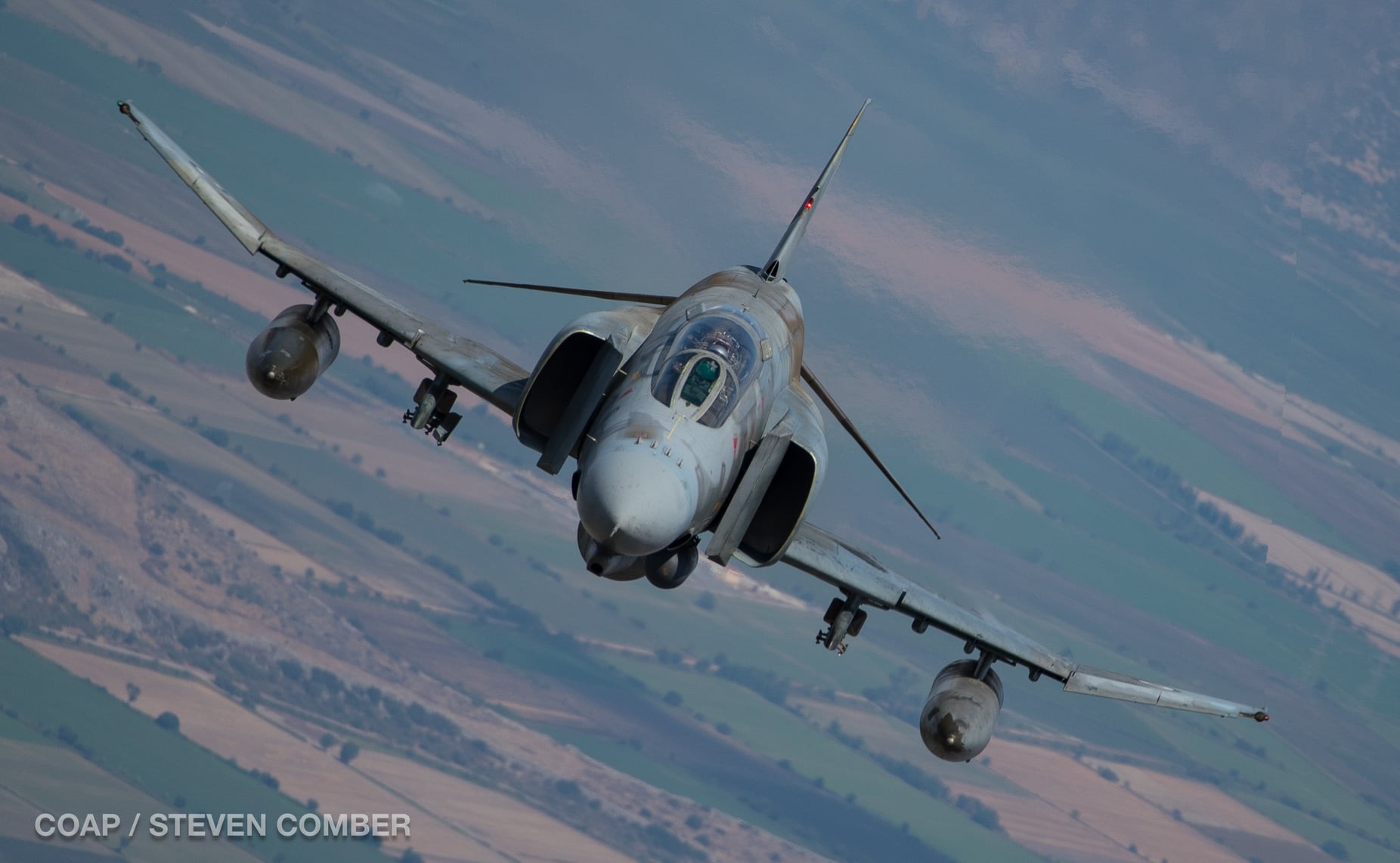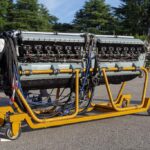“Vintage Aviation News staff did not write this article; the content comes via our partners who wish to help support our website.”
Introduction
The third decade of the 21st century is a time of exceptionally rapid aviation development. World War II clearly indicated the coming trend: future wars will be decided primarily in the air. Today, this trend is stronger than ever, and air warfare encompasses an incredibly wide range of possibilities. It’s no longer just air combat or air strikes against ground targets, but also, increasingly, reconnaissance, information acquisition, and advanced air defense systems.
Definition and Significance of Military Aviation Technology
The development of military aviation technology is, to put it briefly, the advancement of those fields of technology that are used in the broader air force. The importance of military aviation technology is currently enormous. Wars are fought in the air, begin in the air, and often end in the air.
Purpose and Scope of the Discussion
The intention of this article is to present as comprehensively as possible how developments of technology affect (and how they may affect in the future) the dynamics, techniques, and methods of air warfare. Each important feature will be highlighted so that the reader gets a full and clear picture of the situation. A situation in which technology primarily determines the effectiveness and development directions of military aviation.
Key Technological Advancements
Unmanned Aerial Vehicles (UAVs) and Drones
The emergence of drones marks a whole new era in military history. They help reduce the loss of the most valuable resource: people. Drones and UAVs also offer entirely new reconnaissance possibilities: penetrating enemy territory has never been so quiet and precise, yet safe. Unmanned ships also allow for the precise elimination of terrorist targets, without the need to engage commandos, for example. Thanks to drones and UAVs, the modern army has surgical precision in its operations, which is especially important today.
Stealth Technology
Modern military aircraft must be difficult to detect, and it’s best if the enemy cannot see them in their territory at all. This applies not only to reconnaissance aircraft, but also, for example, to combat fighters. This is precisely the goal of modern armies. The skillful (and often very creative) use of stealth technology makes military aircraft of the new era more difficult to locate. This gives armies entirely new capabilities in reconnaissance, information acquisition, but also in strictly combat operations.
Advanced Avionics and Sensor Systems
Detection systems are one of the cornerstones of modern defense systems. Rapid enemy detection and immediate response are key aspects of an effective response. Nowadays, advanced avionics and sensor systems, often employing a bandpass filter to isolate critical frequency signals, are also used to predict further developments in operations, in accordance with the previously analyzed schemes and models.
Challenges and Future Trends
Certainly, the future will bring further technological evolutions and revolutions in the way warfare is conducted. Below, we discuss some of the most important future trends that could completely change the face of the air force.
Ethical and Legal Considerations
Ethical reflection is always a very important aspect of considering the means and ends of military action. Unfortunately, modern weapons do not always end up in responsible hands, which poses very serious threats. We can observe this type of situations in many regions of the world: from Latin America to the Middle East.
Emerging Technologies and Potential Impact
Emerging technologies can be crucial to the future development of the military. Technology can fundamentally transform entire sectors. An excellent and highly suggestive example is gambling. Until recently, gaming houses could only exist stationary. Today, 100% online 3 dollar deposit casinos are the standard, so that almost the entire industry has moved online. The same may be true of the military. Nowadays, conventional war is almost always accompanied by cyber warfare, and in the future, completely new forms may appear.
Impact on Warfare
Military practice sometimes negatively verifies certain previous assumptions. For some time, many experts believed that in the future warfare will be almost 100% “automated”, and the presence of soldiers will be less and less. It’s safe to say that the ongoing armed conflict in Ukraine has negatively verified these claims. The role of technology in conducting military operations is certainly enormous; however, the importance of the human factor is still very high. Likewise, good training in the air force academy is needed, creating well-prepared, courageous, and precise pilots.
Changes in Air Combat Dynamics
As John Stillion writes convincingly in his excellent study “Trends in Air-To-Air Combat”, the future of air combat will have two key aspects: the use of Unmanned Combat Air Systems technology (UCAS) and BVR missile duels. They are, of course, closely related to other areas, primarily detection. However, speed will play a key role: speed of impact, speed of detection, and speed of decision-making. This factor will be much more important than the number or strength of strikes.
Role in Intelligence and Reconnaissance
Intelligence and counterintelligence are the absolute foundations of state security. Without them, even the best-armed army would have to operate in the dark, with no knowledge of threats or targets. Then, of course, the army’s effectiveness would be greatly reduced. It’s also important to remember that technology advancements and innovations do not necessarily have a military purpose to begin with. A feature of innovations is that they can be adapted in various places. The military often uses (and historically has used) solutions that were not designed with war goals in mind.
“Vintage Aviation News staff did not write this article; the content comes via our partners who wish to help support our website.”























